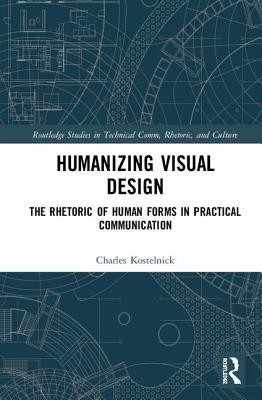
- We will send in 10–14 business days.
- Author: Charles Kostelnick
- Publisher: Routledge
- ISBN-10: 113807151X
- ISBN-13: 9781138071513
- Format: 15.2 x 22.9 x 1.8 cm, kieti viršeliai
- Language: English
- SAVE -10% with code: EXTRA
Reviews
Description
This book analyzes the role that human forms play in visualizing practical information and in making that information understandable, accessible, inviting, and meaningful to readers-in short, "humanizing" it.
Although human figures have long been deployed in practical communication, their uses in this context have received little systematic analysis. Drawing on rhetorical theory, art history, design studies, and historical and contemporary examples, the book explores the many rhetorical purposes that human forms play in functional pictures, including empowering readers, narrating processes, invoking social and cultural identities, fostering pathos appeals, and visualizing data. The book is aimed at scholars, teachers, and practitioners in business, technical, and professional communication as well as an interdisciplinary audience in rhetoric, art and design, journalism, engineering, marketing, science, and history.EXTRA 10 % discount with code: EXTRA
The promotion ends in 22d.04:19:39
The discount code is valid when purchasing from 10 €. Discounts do not stack.
- Author: Charles Kostelnick
- Publisher: Routledge
- ISBN-10: 113807151X
- ISBN-13: 9781138071513
- Format: 15.2 x 22.9 x 1.8 cm, kieti viršeliai
- Language: English English
This book analyzes the role that human forms play in visualizing practical information and in making that information understandable, accessible, inviting, and meaningful to readers-in short, "humanizing" it.
Although human figures have long been deployed in practical communication, their uses in this context have received little systematic analysis. Drawing on rhetorical theory, art history, design studies, and historical and contemporary examples, the book explores the many rhetorical purposes that human forms play in functional pictures, including empowering readers, narrating processes, invoking social and cultural identities, fostering pathos appeals, and visualizing data. The book is aimed at scholars, teachers, and practitioners in business, technical, and professional communication as well as an interdisciplinary audience in rhetoric, art and design, journalism, engineering, marketing, science, and history.

Reviews